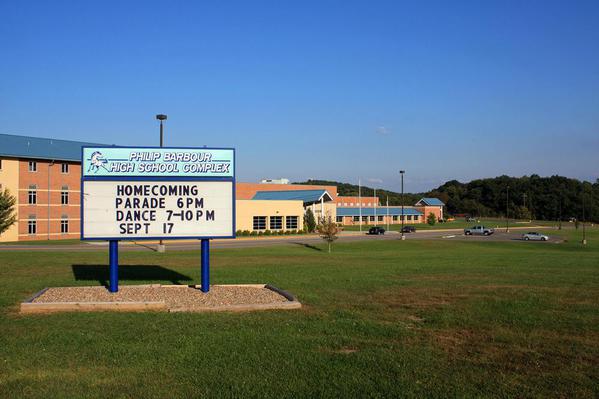On Feb. 27, 2013, 17-year-old Junior Smith was summoned to the front office of his Philippi, West Virginia, high school. It was eighth period, just a few minutes before everyone would start streaming out of the building for dismissal. When Junior got to the office, a police officer was there, waiting for him. The officer handcuffed Junior and led him past his staring classmates to a waiting patrol car. The officer then drove Junior to the Lorrie Yeager Jr. Juvenile Center, a maximum-security facility 100 miles away. Junior was charged with misdemeanor battery and violation of a prior court order.
A week earlier, Junior had gotten into a fight with another boy in their agricultural structures class. In Junior’s retelling, it had been horseplay; a group of guys taking turns trapping one another in a tool closet. When one boy emerged from the closet, Junior reported that he extended his hand to him in a conciliatory handshake but that the boy bent his thumb back painfully. Junior then swatted at the boy’s groin with an open-faced palm. The other boy told a different story: that he had been the only student forced into the closet that day and that when he broke out, Junior—who the boy claimed had picked on him in the past—hit him twice, unprovoked, once with a shovel and once with his hand. Both boys agreed there had been no crying, no screaming, and no lasting pain. When the bell rang, they both filed out of the room.
The scuffle hadn’t attracted the attention of the teacher, and Junior didn’t think much about it afterward. What he and his parents did not know was that the other boy had reported the incident to Chad Kennedy, a county police officer who worked full time at Philip Barbour High School and who was paid, in part, by a federal “juvenile accountability” grant intended to assure “individualized consequences” for juvenile offenders, including community service and mediation. But those were not the consequences for Junior.
After the classroom fight, Kennedy launched an investigation of the conflict. He prepared a report for a judge, who on Feb. 27 signed an order for Junior’s arrest. That afternoon, Junior walked out of school in handcuffs.
[For more of this story, written by Dana Goldstein, go to http://www.themarshallproject....untry-for-young-men/]




Comments (0)